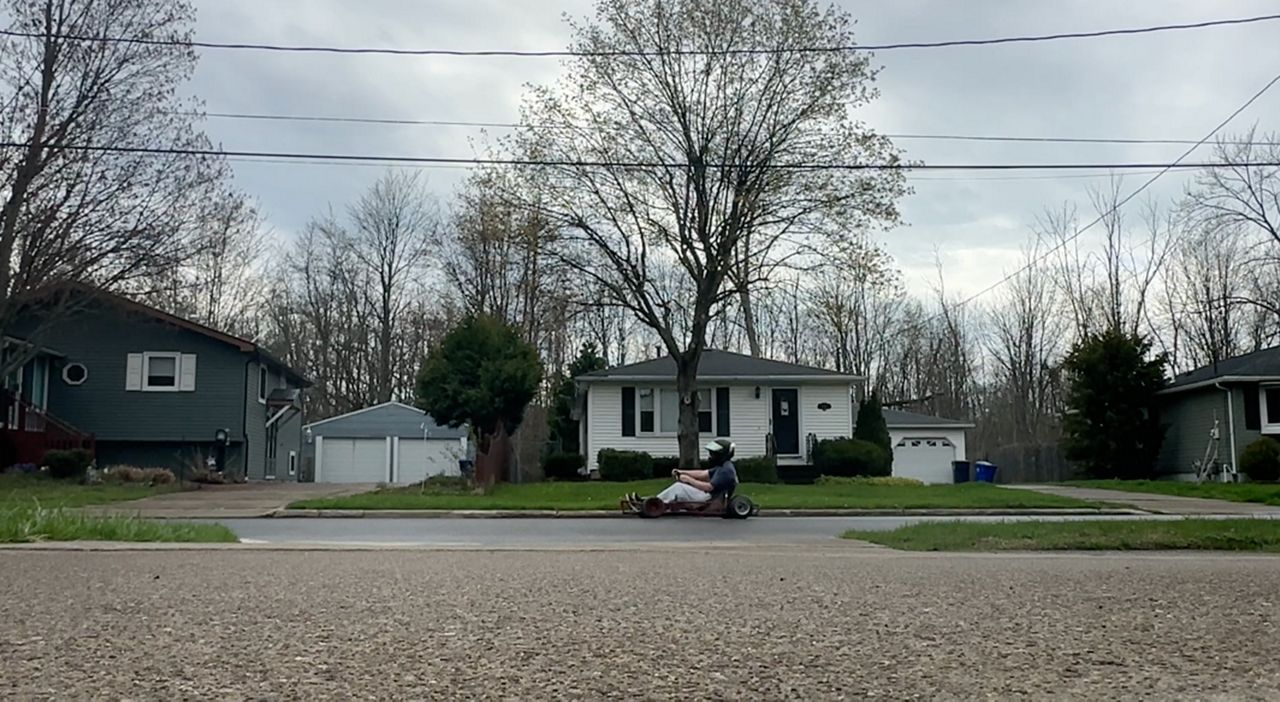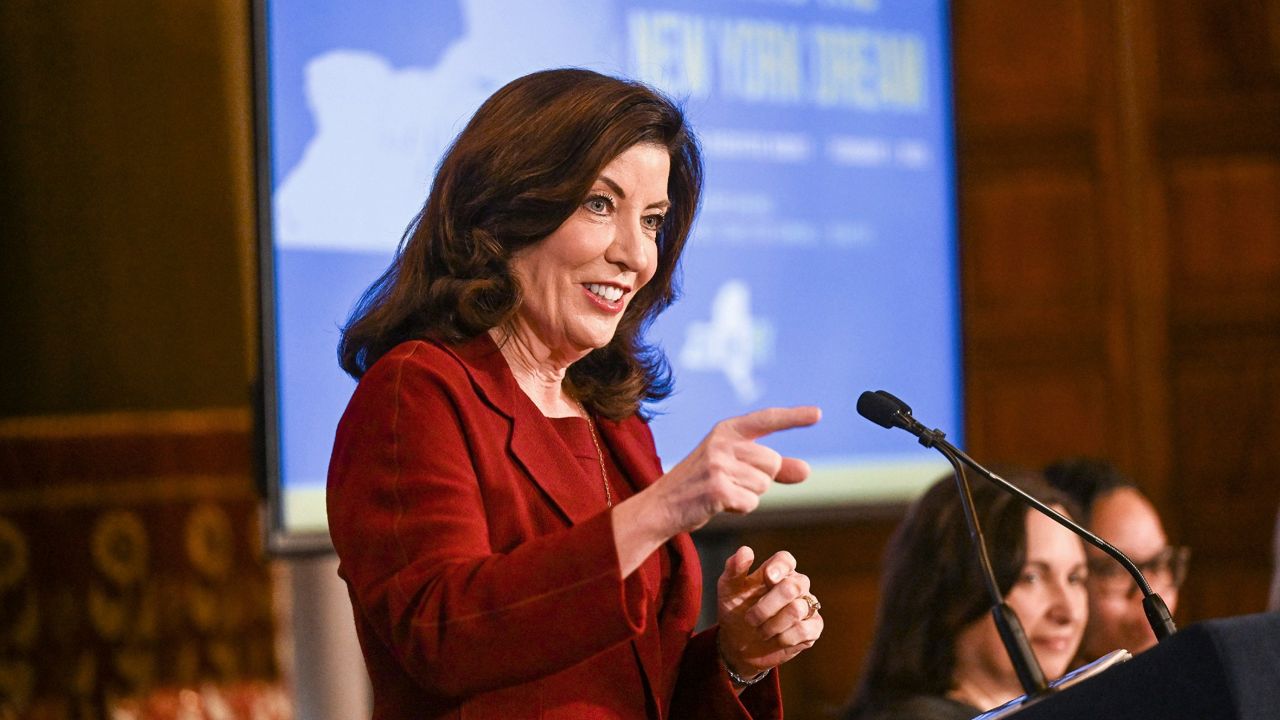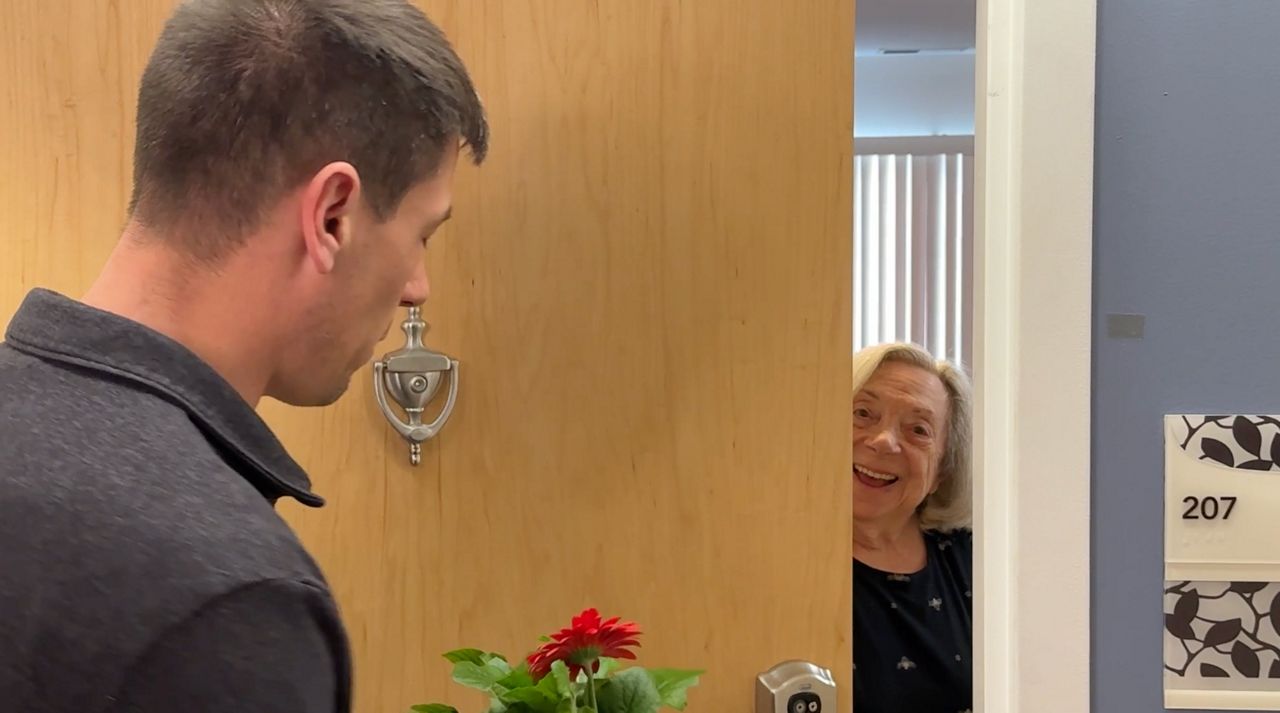ROCHESTER, N.Y. — The controversy over Rochester’s homelessness crisis continues the same week the city cleared a number of encampments.
“As of the 1st of December look at all these people, we are ready for a fight. Yes, we are," said preacher Donald Adams, who was among those who gathered on the steps of City Hall, calling out the city for breaking up the Loomis Street and other homeless encampments and calling on the city to do better.
“What we saw from the city was a blatant message of who they consider worthy of safety and protection and who they view as disposable," said Regional Director of Citizens Action of New York, Stevie Vargas.
Before shutting down access to the Loomis Street site, city officials offered various services to the homeless there – but homeless advocates say mental health and addiction issues don’t make those options feasible.
“The social services being offered to these individuals do not meet their needs,” said Gary Harding, of New York Recovery Alliance and Recovery Always. “Even worse, the services have historically re-traumatized, coerced and degraded the very people they claim to help.”
The clearing of the Loomis location continues with the construction of a fence to prevent those without a home from returning.
Some were taken to another encampment, including Michael Daminion, who stated,
“I don't want to live out here. This is not my plan. I don't want to be homeless. Who wants to be homeless? I don't know. I'd rather be inside getting a job, getting out of this insanity.”
The city says one of the main reasons it decided to move the encampment is because it's not safe for those setting up camp there and it's not safe for people who live in the neighborhood.
“Well, I've seen them die and they bring them back on the steps over there three times and one was dead…I got a video of eating out of the garbage can, right? That's not good. It's not good for a person," said Sadie Redfield, who has owned her home since 1979 – the property borders the Loomis Street site. "We do have some problems because they’ve got needles laying out and I stuck my foot out front. And they’re not stealing or breaking into anything, but just the idea there’s prostitutes walking down the street right in front of your house, you know, that doesn’t make sense."
This group did not go to City Hall to just complain, they came with ideas and suggestions they say will meet the needs of both the neighbors and the individuals at risk.
They are asking for overdose prevention centers (supervised safe injection sites), low barrier high retention housing options for people living with substance use disorders, and increased funding for community mental health centers.
“We are here to work in the community to find solutions that do not perpetuate the cycle of harm, and make sure that everybody's choice is respected and that we find solutions that are viable for everybody," said Vargas.
Redfield has compassion for her now former neighbors. She got to know them, left food out for them and prays for their safety.
“Well, they need a place to live,” she said. “It’s not safe back there. It’s not healthy back there. You think they’re better off living out there in the open like that? I think they need to do something for them or help them to do better or something…We don't know what kind of problem or situation they’ve been in in life, you know?”










